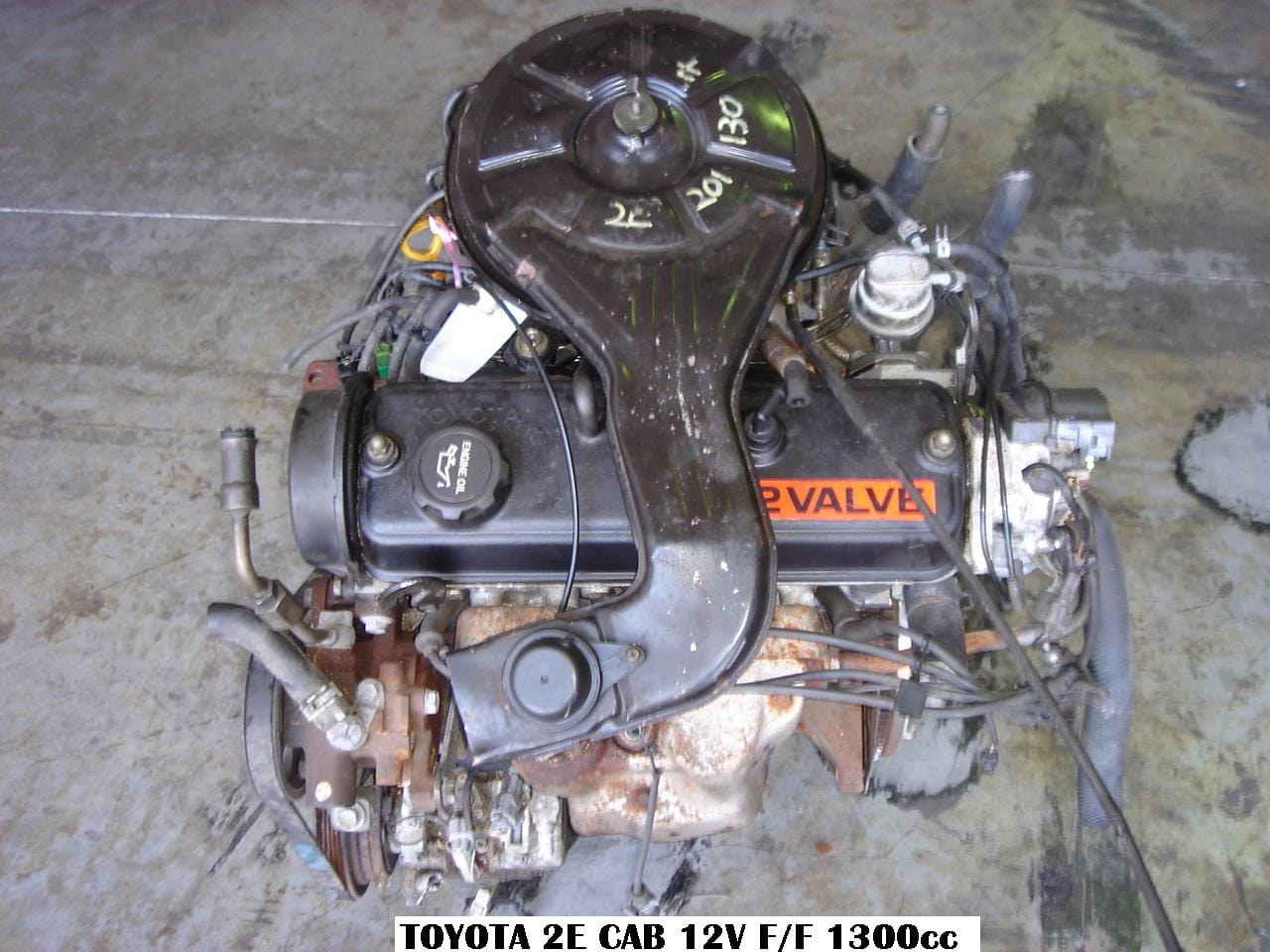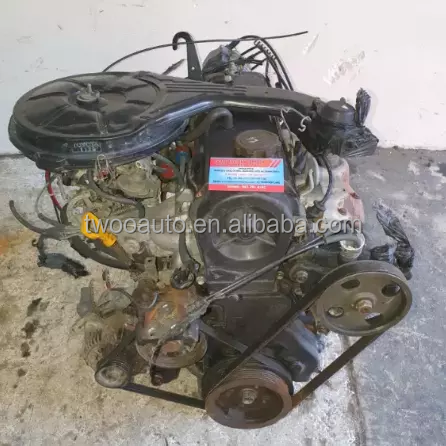Check Out the Latest Trends in Engine Modern Technology With Tazz
In the quickly developing landscape of automotive technology, Tazz stands at the center, highlighting substantial improvements in engine systems that focus on both innovation and sustainability. From crossbreed engines that enhance gas efficiency to the appearance of hydrogen fuel cells, the fads shaping modern powertrains are not only improving performance yet additionally attending to crucial ecological challenges.
Crossbreed Engine Innovations
Crossbreed engine innovations stand for a pivotal shift in auto innovation, incorporating the benefits of inner combustion engines with electric propulsion systems. This integration not just improves gas efficiency however additionally reduces discharges, conference significantly strict ecological guidelines. By making use of both power resources, hybrid engines can optimize performance, providing power when needed while conserving gas during much less demanding driving problems.
Current innovations in hybrid technology include enhancements in battery effectiveness and regenerative braking systems. These technologies allow for better power recuperation throughout deceleration, which can be redirected to assist in acceleration or power accessory systems. Manufacturers are concentrating on small layouts and light-weight products to make the most of the performance of crossbreed powertrains.
The growth of plug-in hybrids has likewise broadened the marketplace, enabling chauffeurs to charge their lorries utilizing conventional electrical outlets. This feature usually permits substantial all-electric range, additional decreasing reliance on traditional fuels. tazz. As the automobile market proceeds to evolve, hybrid engine technologies are expected to play a vital role in linking the space in between traditional lorries and completely electric designs, providing a transitional service that satisfies varied customer requirements and preferences
Developments in Electric Powertrains
The vehicle landscape is quickly evolving, with electric powertrains arising as a leading force in sustainable transportation. Breakthroughs in electrical lorry (EV) innovation are substantially improving performance, performance, and customer experience. Trick technologies include improvements in battery chemistry, which have actually increased energy thickness, reduced billing times, and extended total battery life.
Solid-state batteries, as an example, assure to change the marketplace by offering better security and effectiveness contrasted to standard lithium-ion cells. Improvements in regenerative braking systems are making it possible for lorries to recoup energy during deceleration, contributing to general performance.
In enhancement to battery modern technology, electric motor styles are becoming extra innovative. Developments such as incorporated motors and advanced thermal administration systems are aiding to optimize power shipment and lower weight, ultimately enhancing vehicle characteristics.

Collectively, these advancements highlight the dedication to shift towards cleaner, a lot more reliable transport services, positioning electric powertrains at the leading edge of automotive advancement.
The Rise of Hydrogen Gas Cells
Significantly, hydrogen gas cells are getting traction as a practical alternative to conventional inner burning engines and battery electric cars. This technology harnesses the chemical power kept in hydrogen, transforming it into electrical energy via an electrochemical response with oxygen. The primary result of this process is water, making hydrogen gas Check This Out cells an eco-friendly option with absolutely no discharges at the tailpipe.

Automakers are progressively purchasing hydrogen fuel cell modern technology, acknowledging its potential for long-range applications and rapid refueling capacities that equal standard gas. In addition, sectors such as sturdy transport and public transportation are especially appropriate for hydrogen gas cells, where battery electrical remedies might fail due to weight and range limitations.
As research and investment remain to expand, hydrogen fuel cells are positioned to play a significant role in the future landscape of clean transportation and power solutions.
Enhancements in Internal Burning Engines
Developments Check Out Your URL in internal burning engine (ICE) innovation are transforming typical automobiles to meet modern-day environmental standards and efficiency expectations. Straight fuel shot, for circumstances, allows for far better atomization of fuel, leading to even more total burning and improved power output.
In addition, turbocharging has obtained importance, permitting smaller engines to deliver higher efficiency without the weight of larger engines - tazz. This modern technology not only enhances effectiveness but likewise adds to reduce gas consumption. Variable shutoff timing systems are also being improved, enabling engines to adjust to numerous driving conditions for boosted torque and responsiveness
Furthermore, making use of lightweight materials in engine building and construction is ending up being typical, additional boosting fuel effectiveness by lowering overall automobile weight. Engine control units (ECUs) are progressively innovative, allowing real-time changes that maximize performance and discharges.
These enhancements collectively represent an essential change in ICE technology, straightening with global sustainability goals while still giving the efficiency drivers get out of their vehicles. As the industry evolves, these enhancements remain to shape the future of conventional automotive design.
Future Trends in Engine Performance
Considerable innovations in engine performance are anticipated as producers concentrate on incorporating cutting-edge modern technologies to fulfill rigorous ecological guidelines and consumer demands. The change towards electrification, hybrid systems, and alternative gas is reshaping the automotive landscape, driving developments that enhance fuel economy and reduce emissions.
One of the vital fads is the execution of innovative products and producing methods. High-strength alloys and light-weight compounds add to decreased car weight, thus improving total performance. Furthermore, the adoption of turbocharging and variable valve timing modern technologies enables enhanced power outcome from smaller engines, better improving fuel economy.

Final Thought
Innovations in hybrid engine systems, electric powertrains, and hydrogen fuel cells demonstrate a dedication to lowering exhausts while enhancing performance. Improvements in interior combustion engines and a focus on lightweight materials contribute to general engine effectiveness.
From crossbreed engines that maximize gas performance to the appearance of hydrogen gas cells, the fads forming modern-day powertrains are not just boosting try this efficiency yet additionally resolving critical environmental challenges.Crossbreed engine technologies stand for a crucial change in auto modern technology, incorporating the advantages of interior combustion engines with electric propulsion systems.Additionally, turbocharging has actually obtained prestige, enabling smaller engines to deliver greater efficiency without the weight of bigger engines. Furthermore, the adoption of turbocharging and variable shutoff timing modern technologies enables for enhanced power output from smaller sized engines, additionally improving fuel economy.
Renovations in interior combustion engines and an emphasis on light-weight materials add to total engine effectiveness.